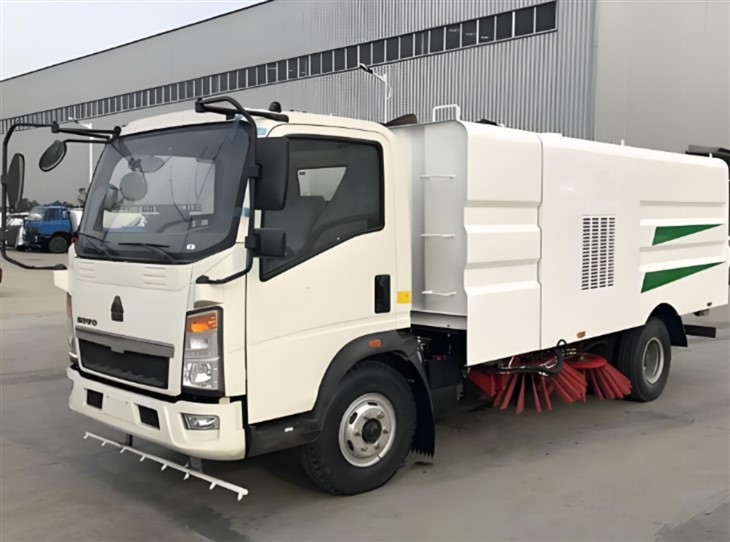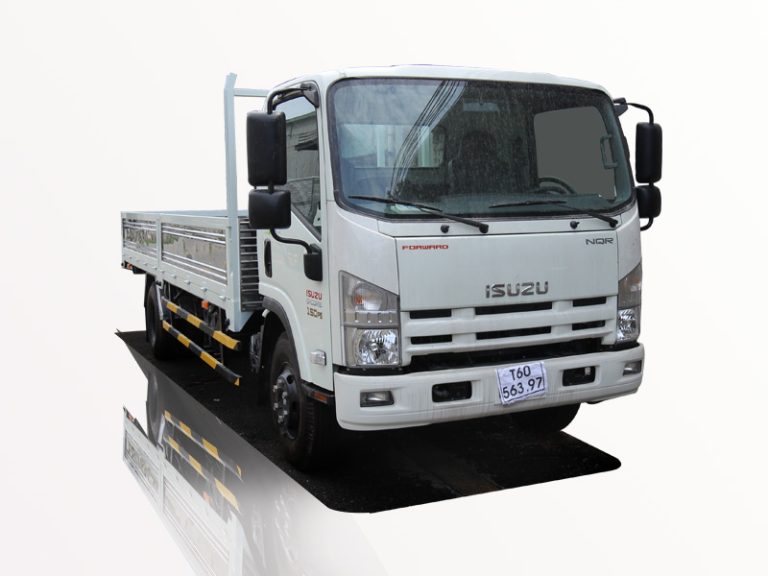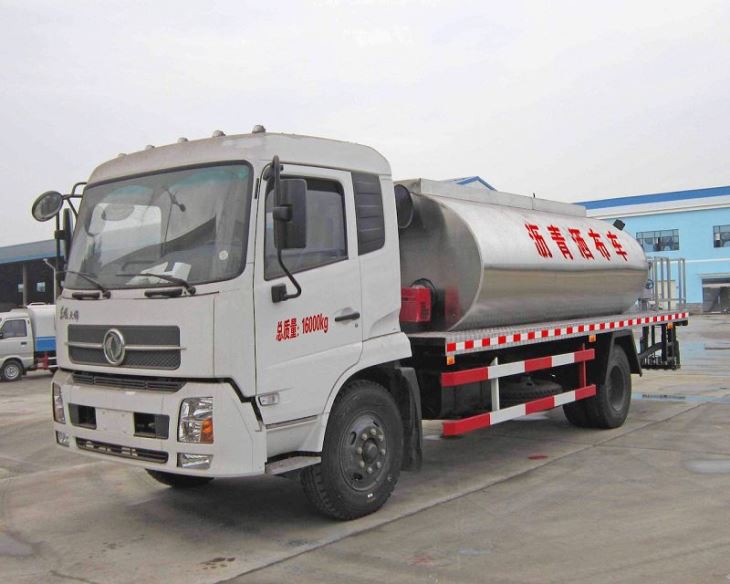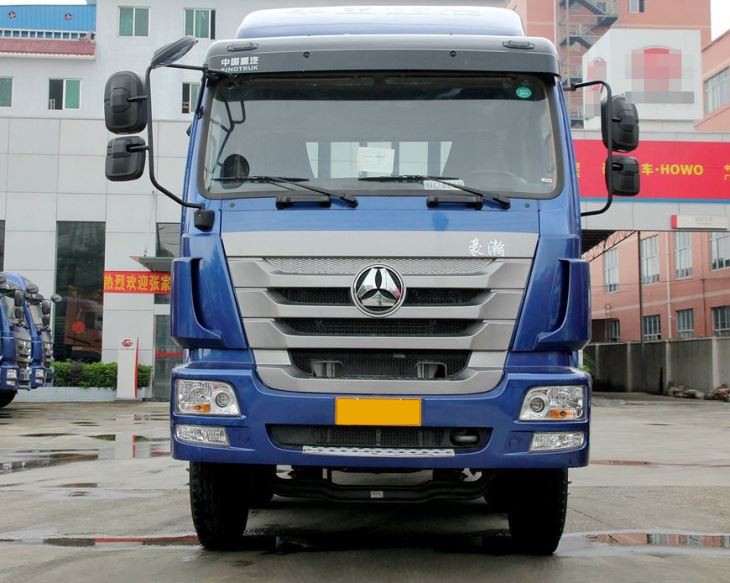Trash trucks, also known as garbage trucks or refuse collection vehicles, play a crucial role in maintaining cleanliness in our communities. Understanding the various parts of a trash truck can illuminate how these massive vehicles execute their tasks efficiently and effectively. In this article, we will explore the different components of a trash truck, their functions, and why they are indispensable in waste management systems. We will also tackle some practical tips for operating and maintaining these vehicles.
1. Overview of Trash Trucks
Trash trucks are specialized vehicles designed for the removal and transportation of waste materials. They come in various sizes and designs, depending on the volume of waste they are equipped to handle. Most trash trucks feature a cab, a chassis, a body to contain waste, and a mechanism for loading waste. Understanding these key elements will give you insight into their operations.
2. Key Components of a Trash Truck
2.1. The Chassis
The chassis is essentially the truck’s frame, providing the structural support for the vehicle. It links the cab, body, and other components together. Depending on the trash truck’s design, the chassis can vary significantly in size and strength.
2.2. The Cab
The cab of a trash truck is where the driver operates the vehicle. It includes:
- Driver’s Seat: Ergonomically designed for comfort and visibility.
- Control Panel: Houses all controls for operating the truck’s functions.
- Safety Features: Includes mirrors, seatbelts, and sometimes even cameras for enhanced visibility.
2.3. The Body
The body of the trash truck contains the waste. There are different types of bodies based on the truck’s intended use:
- Front Loader: Designed for commercial waste collection with a front-loading mechanism.
- Rear Loader: Most common type, where waste is loaded from the back.
- Side Loader: Equipped to pick up trash from the side, allowing for more efficient collection routes.
2.4. The Compaction System
The compaction system compresses waste to maximize capacity. It can significantly reduce the volume of waste, allowing the truck to carry more loads. Components of the compaction system include:
- Compactor Blade: The main component that compresses waste inside the body.
- Hydraulic System: Provides the necessary power to operate the compactor.
2.5. The Loading Mechanism
The loading mechanism is essential for efficiently gathering waste. Some common types include:
- Mechanical Arm: Used in automated side loaders to grab bins and dump waste into the truck.
- Manual Loader: Used in rear loaders where workers physically load waste into the truck.
2.6. The Hydraulic System
An integral part of a trash truck, the hydraulic system powers various components. It helps to lift and lower the bin lift, operate the compactor, and maneuver the vehicle effectively.
2.7. The Wheels and Suspension
Trash trucks need robust wheels and suspension systems to handle heavy loads. Essential attributes include:
- Heavy-duty Tires: Designed for durability and traction on various surfaces.
- Suspension System: Enhances the truck’s stability and load-carrying capability.
2.8. Lighting and Safety Equipment
Effective lighting and safety equipment ensure that trash trucks can operate safely at any time of day. Common features include:
- Flashing Lights: Alert other road users of the truck’s presence.
- Reflective Strips: Increase visibility during low-light conditions.
3. The Importance of Each Component
Every part of a trash truck contributes significantly to the overall functionality and efficiency of waste collection. For instance, the chassis provides a stable base, while the compaction systems are crucial for maximizing waste transport efficiency. Understanding how each part works can help in troubleshooting and vehicle maintenance.
| Component | Function | Importance |
|---|---|---|
| Chassis | Structural support | Ensures stability of the truck |
| Cab | Driver control | Safety and maneuverability |
| Body | Holds waste | Volume capacity and disposal |
| Compaction System | Reduces waste volume | Increases transport efficiency |
| Loading Mechanism | Collects waste | Facilitates faster collection |
| Hydraulic System | Powers various operations | Ensures smooth function of systems |
| Wheels/Suspension | Support and movement | Handles heavy loads safely |
| Lighting/Safety | Visibility and safety | Prevent accidents |
4. Practical Examples of How Trash Truck Parts Work Together
4.1. The Loading Process
In a typical loading process for a rear loader trash truck, the following steps occur:
- The truck approaches the designated collection area.
- The driver engages the hydraulic system to raise the lift arm.
- The manual laborers or the loading mechanism collects the trash bags or bins.
- Waste is dumped into the truck’s body using the loading mechanism.
- The compaction system compresses the waste and the truck drives to the next location.
4.2. Safety Checks and Procedures
Before operating a trash truck, drivers should inspect the following components:
- Hydraulic system for leaks or issues
- Brakes and steering for proper functioning
- Tires for adequate pressure and wear
- Compaction system for any obstructions
5. Maintenance Tips for Trash Truck Components
Regular maintenance of trash truck parts can significantly increase their lifespan and functionality. Here are some practical tips:
5.1. Cleaning the Body
Keeping the body clean will prevent corrosion and buildup of debris. Regular washes and checks will maintain its condition.
5.2. Hydraulic System Maintenance
Regularly check the hydraulic fluid levels and look for leaks. Change the hydraulic fluid as per the manufacturer’s recommendations.
5.3. Tire Checks
Monitor tire pressure and inspect for signs of wear and tear. Keeping tires in good condition ensures safety and fuel efficiency.
5.4. Lighting System
Regularly check all lights and replace any burnt-out bulbs immediately. Proper visibility is essential for safe operation.
6. The Future of Trash Trucks
As cities become smarter, trash trucks are also evolving. Technological advancements, such as GPS for route optimization and automatic compression systems, are making operations even more efficient. The integration of electric-powered trucks is also on the rise, focusing on sustainability and reduced emissions. Innovations like these point towards a future where waste management becomes more eco-friendly and efficient.
FAQ Section
What types of trash trucks are there?
There are three main types of trash trucks: front loaders, rear loaders, and side loaders. Each type is designed for specific waste collection needs.
How often should trash trucks be maintained?
Trash trucks should undergo maintenance regularly, ideally every six months, or as per the manufacturer’s guidelines. Routine checks can prevent major issues.
What is the role of the compaction system?
The compaction system compresses waste to maximize the truck’s storage capacity, allowing it to transport larger volumes of waste efficiently.
How do side-loading trash trucks operate?
Side-loading trash trucks use mechanical arms to pick up bins from the side and dump them into the truck. This design enables faster collections without requiring the truck to stop completely.
Are electric trash trucks available?
Yes, electric trash trucks are becoming more common as cities aim to reduce emissions. They offer a quieter, more environmentally friendly option for waste collection.
What should a driver check before operating a trash truck?
A driver should check the hydraulic system, brakes, tires, lights, and compaction system for any issues before operating the truck.



